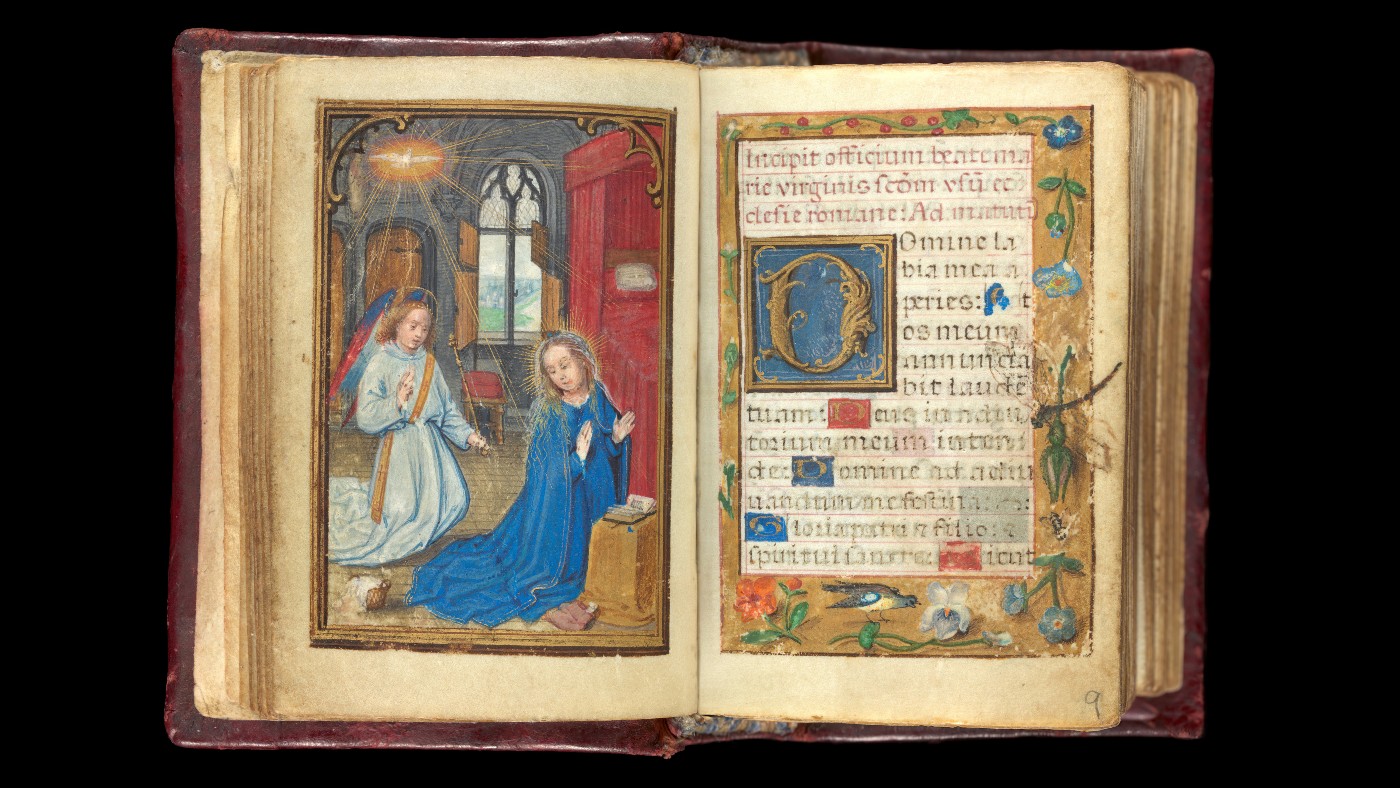How did Henry VIII's the Mary Rose sink?
Almost 500 years on, the truth behind the demise of the king's favourite ship remains a mystery

It's exactly 471 years since Henry VIII's favourite ship, the Mary Rose, sank during a battle with the French navy and to mark the occasion, the Mary Rose Museum will reopen in Portsmouth tomorrow.
In her day, the Mary Rose, one of the earliest examples of a purpose-built sailing warship, was one of the largest ships in the English navy, fighting through more than three decades of intermittent war.
She is the only 16th-century ship on display in the world and has been undergoing continuous conservation since being pulled from the Solent in 1982, where she had lain since 1545.
The Week
Escape your echo chamber. Get the facts behind the news, plus analysis from multiple perspectives.

Sign up for The Week's Free Newsletters
From our morning news briefing to a weekly Good News Newsletter, get the best of The Week delivered directly to your inbox.
From our morning news briefing to a weekly Good News Newsletter, get the best of The Week delivered directly to your inbox.
The salvaging of the ship was one of the most complex and remarkable projects in the history of maritime archaeology, reports the Daily Telegraph.
So what are the theories for her demise?
Human error
The reason most often given is negligence by the captain and crew of the ship. A testimony transcribed by Imperial ambassador Francois van der Delft in a letter dated 24 July 1545 records one of the crew saying the ship had fired all its guns on one side and turned too sharply to start the next assault. Alongside this, Hall's Chronicle in 1548 says "to much foly [sic]" was to blame.
A free daily email with the biggest news stories of the day – and the best features from TheWeek.com
Strong gust of wind
In 2000, Channel 4 documentary What Sank the Mary Rose? claimed the ship's sharp turn would have been perfectly possible were it not for a strong gust of wind. Using scale models, the programme showed that the blustery conditions forced the gun decks below the waterline and caused the sudden sinking.
French attack
According to the museum, a French cavalry officer present at the battle said the Mary Rose had been sunk by French guns. A cannonball low in the hull would have enabled water to flood in, making the ship unstable and leading to her sinking, says the museum. However, there has been no archaeological evidence to suggest the ship sustained any exterior damage to its hull.


